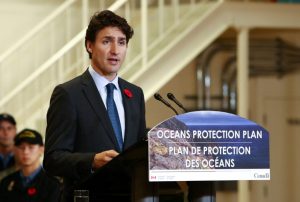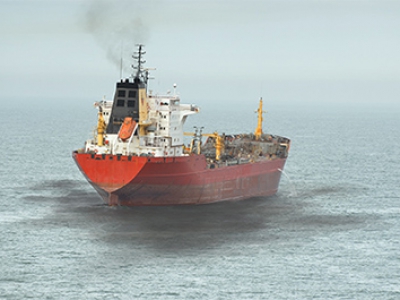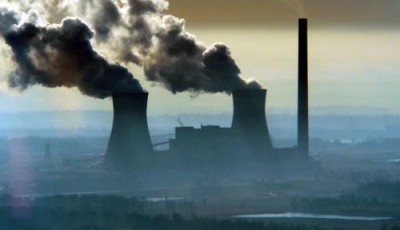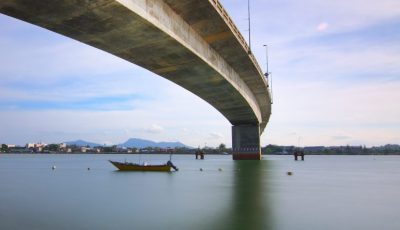- Support enhanced sharing of marine traffic information with local communities in real-time;
- Make navigation safer by providing modern hydrography and charting in key areas of high traffic commercial ports and waterways, dynamic products, and new navigational aids;
- Improve marine traffic monitoring by opening new radar sites in key strategic locations on the West and East coasts improving marine safety in key traffic areas;
- Improve availability of science-based expertise during incidents by placing additional emergency and enforcement officers on the Pacific and Atlantic coasts;
- Strengthen the Polluter-Pays Principle by amending the Canadian Ship-source Oil Pollution Fund to ensure adequate industry-funded compensation is available for those affected by oil spills; and
- Set tougher requirements on industry to provide quicker action for any spills from a ship.
Stronger Canadian Coast Guard
The Oceans Protection Plan will expand the Canadian Coast Guard’s (CCG) role in patrolling and monitoring Canada’s marine environment 24/7 and acting as a first responder to marine incidents. For example, it will:
- Strengthen CCG’s Marine Communications and Traffic Services Centres (Canada’s ears and eyes on the water) to ensure uninterrupted communications with mariners;
- Re-open the Maritime Rescue Sub-centre in St. John’s, Newfoundland and Labrador, to promote more effective operational coordination and response to all-hazard marine incidents;
- Increase towing capacity by leasing two large vessels capable of towing commercial vessels and large container ships; and
- Install towing kits on CCG major vessels to improve capacity to take swift action to avoid disasters.
Better coordinated federal emergency response
With increased capacity on all three coasts, the Government of Canada will be in a better position to work closely with Indigenous and local communities to assess risks and respond quickly to marine emergencies and pollution incidents. For example, the CCG will:
- Form new Indigenous Community Response Teams in British Columbia, which will offer training for search and rescue, environmental response, and incident command. This approach will enable them to play a greater role in marine safety in their community.
- Expand the CCG Auxiliary’s vital role. This 4,000 + network of search and rescue volunteers will begin to engage in environmental response so first response to reports of oil spills can be faster and more efficient.
- Conduct regular response exercises with communities, stakeholders and Indigenous communities to ensure response readiness.
Other future plans include:
- Building six new lifeboats stations in strategic West and East locations to ensure faster response times, and a new environmental response depot with modern response equipment and a dedicated Primary Environmental Response Team near Port Hardy, British Columbia.
- Creating four additional Primary Environmental Response Teams composed of dedicated, specially trained personnel, to strengthen CCG on-the-scene capacity across Canada during marine pollution incidents.
Safer and cleaner Northern Canada
The Government of Canada will:
- Provide funding for on-the-ground marine safety equipment and infrastructure for northern coastal communities. These investments will aim to improve environmental protection and achieve faster, safer, and more efficient Arctic resupply operations in many northern communities.
- Building on a new community boat program for Indigenous communities to be launched in British Columbia in 2017, launch a new community boat program in the Arctic to further strengthen Arctic search and rescue and emergency response. The program will start in British Columbia and expand to Arctic communities, providing key critical equipment to participating communities.
- Create a seasonal inshore rescue boat station in the Arctic – the very first permanent search and rescue capacity in Northern Canada.










